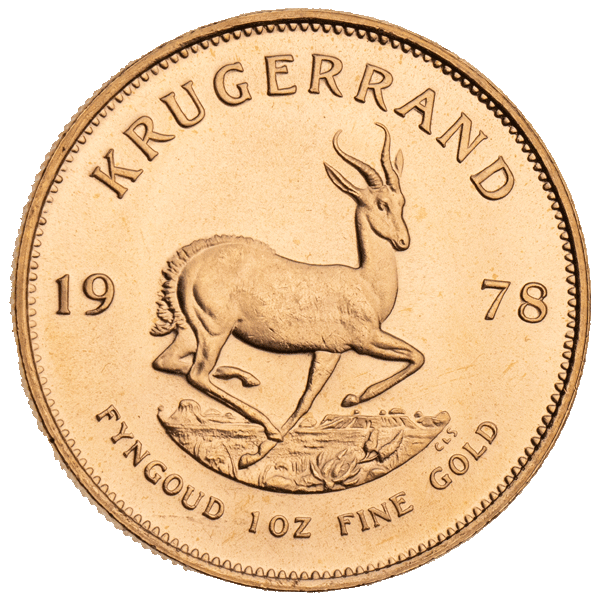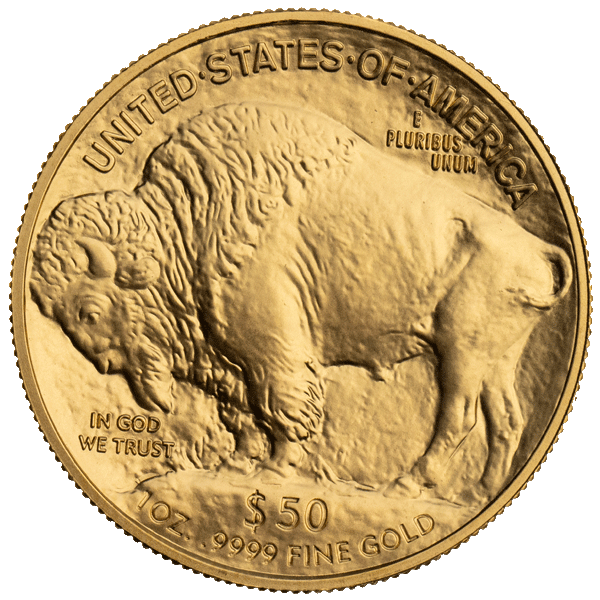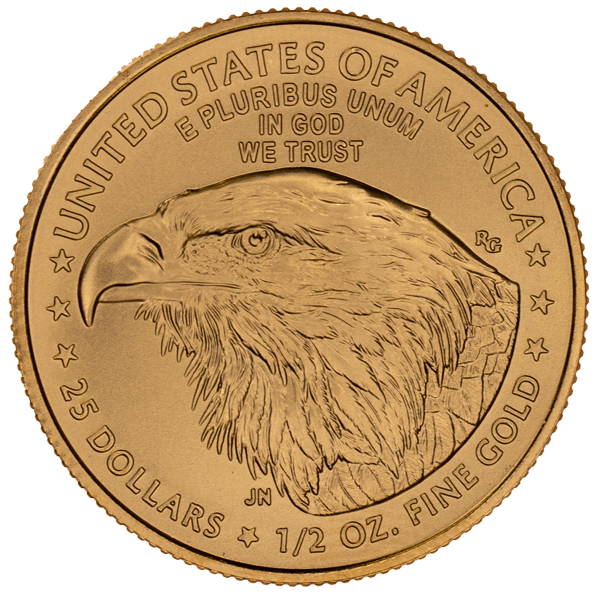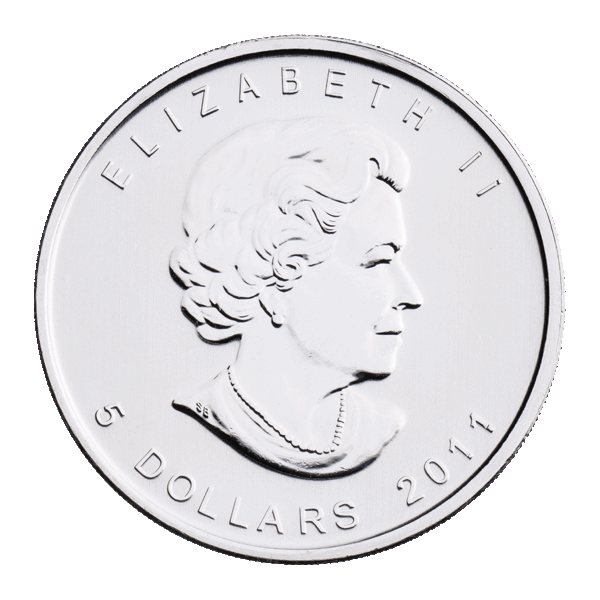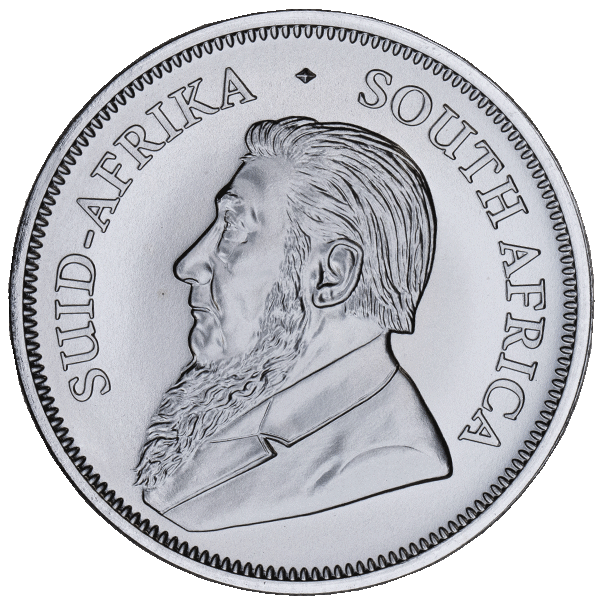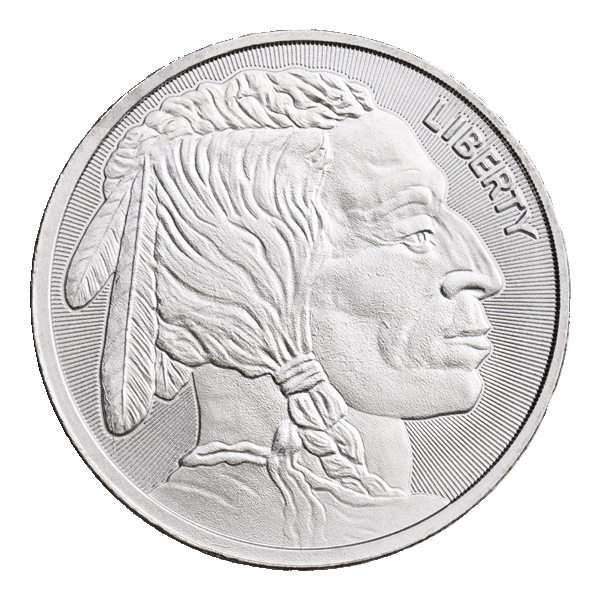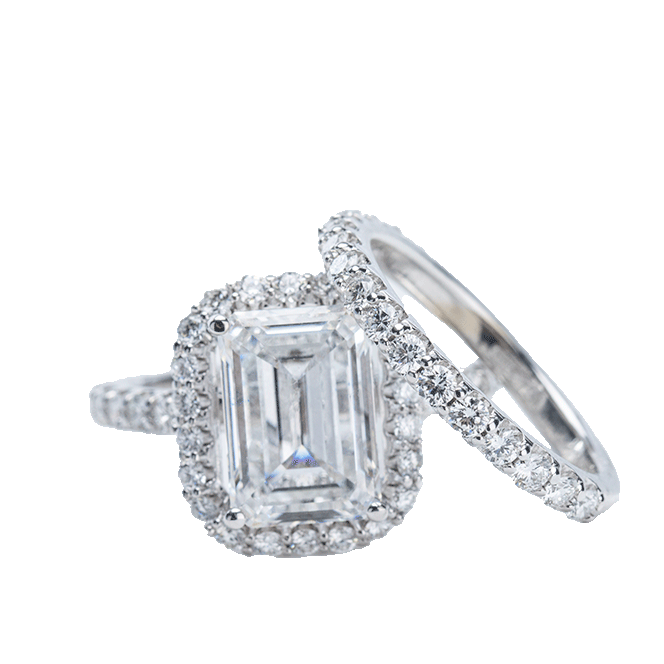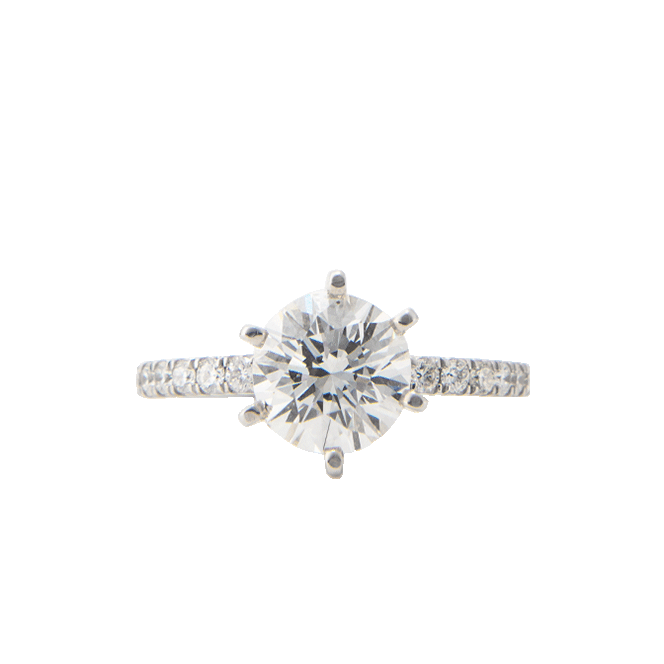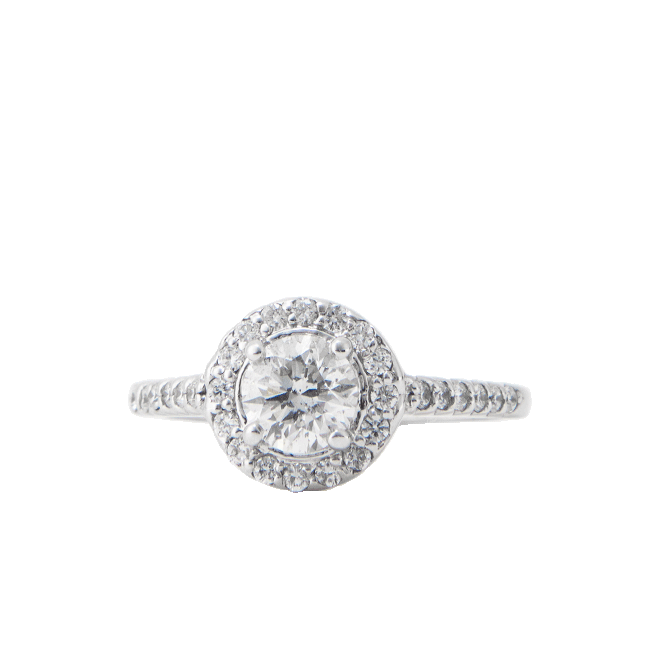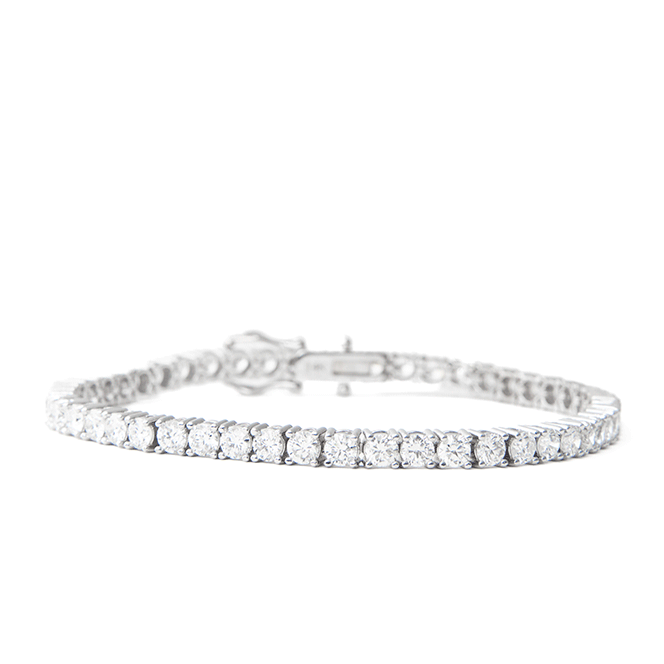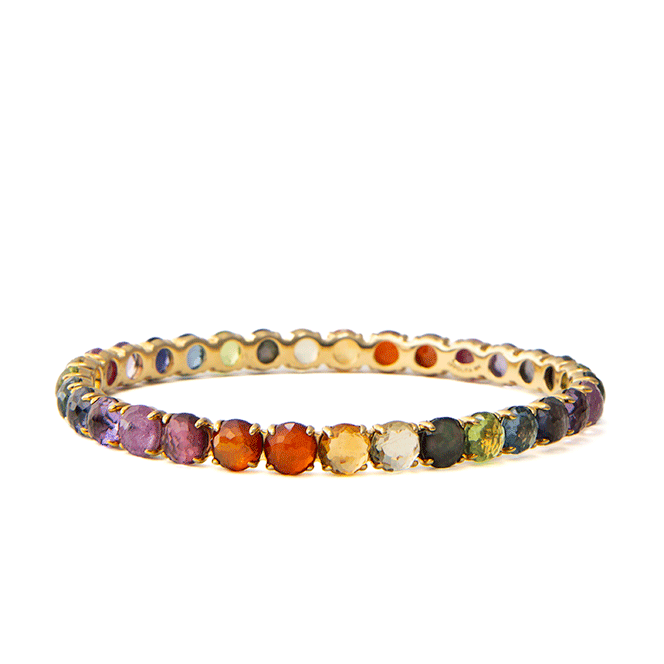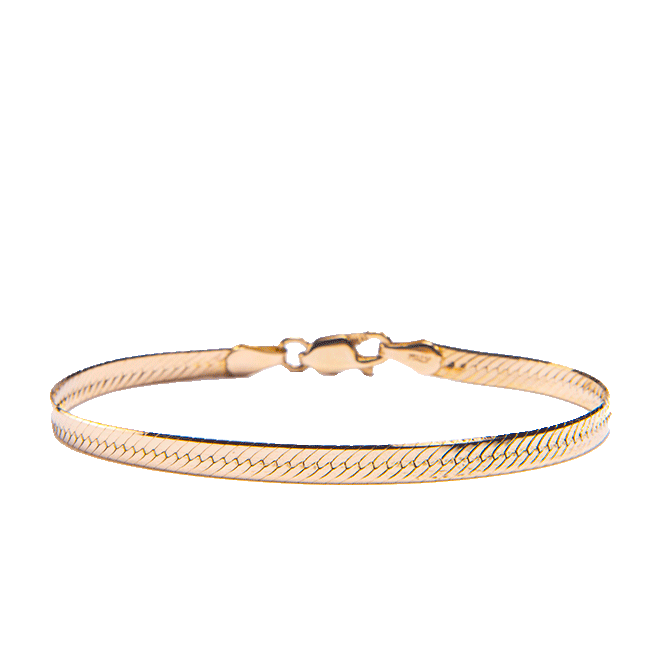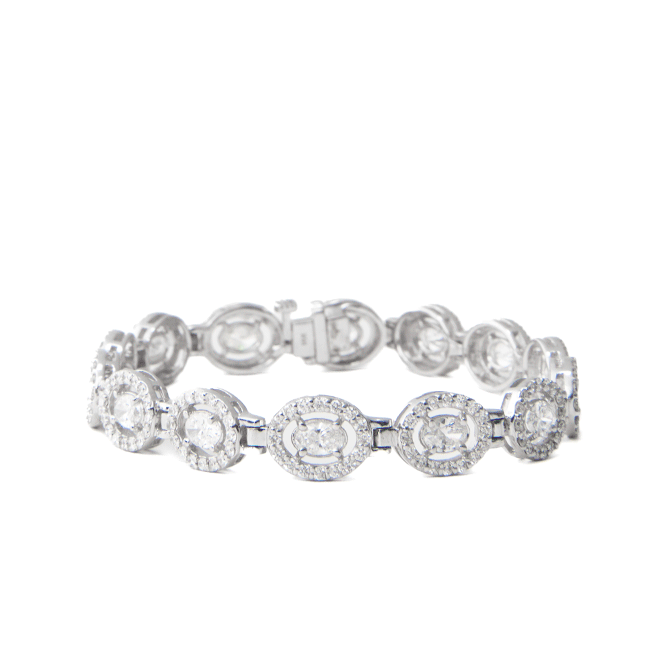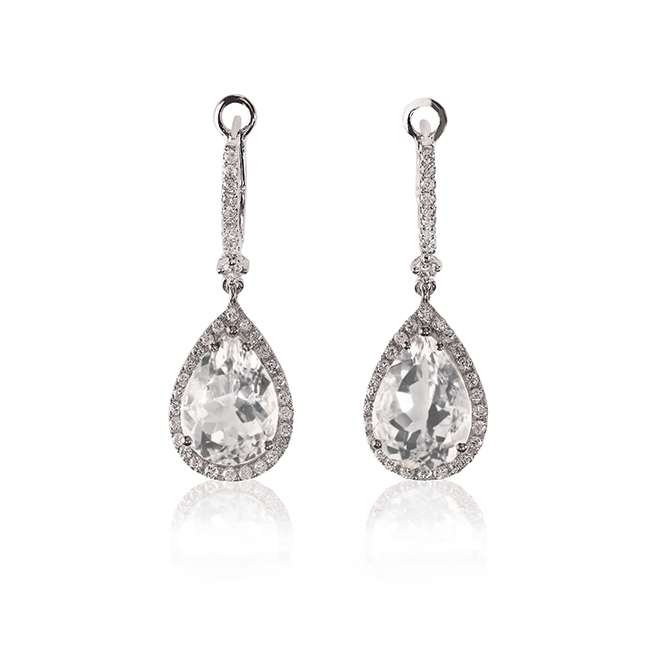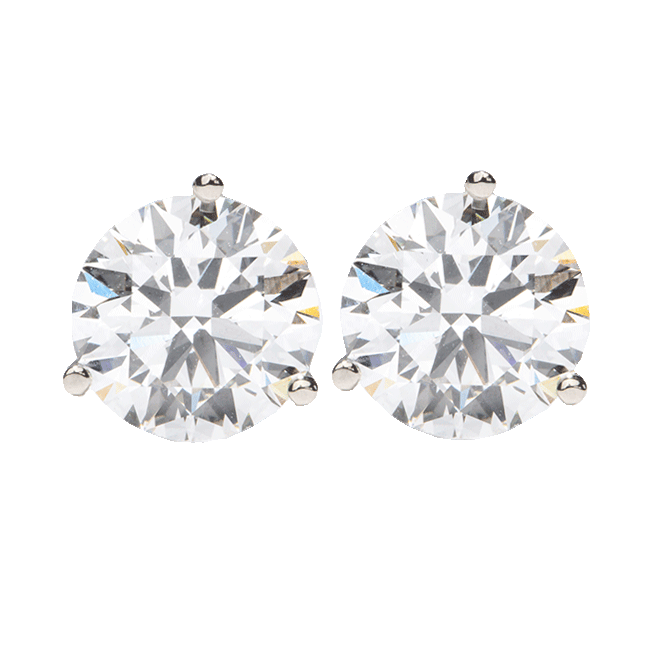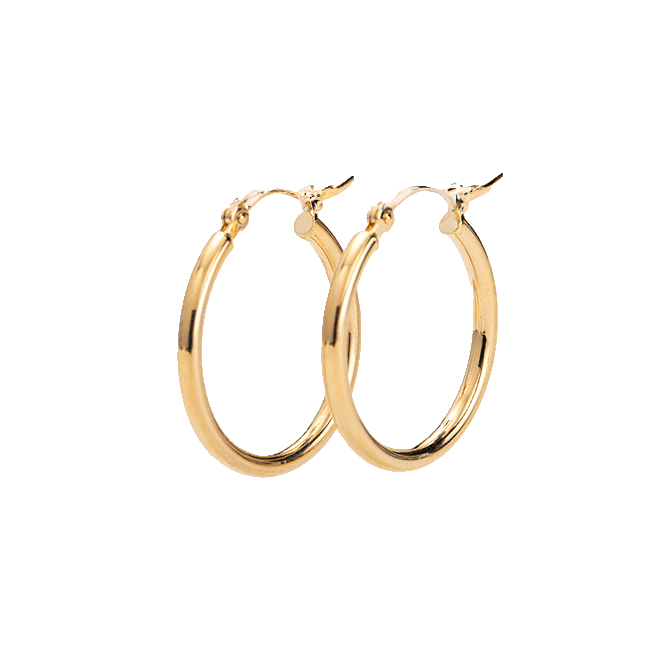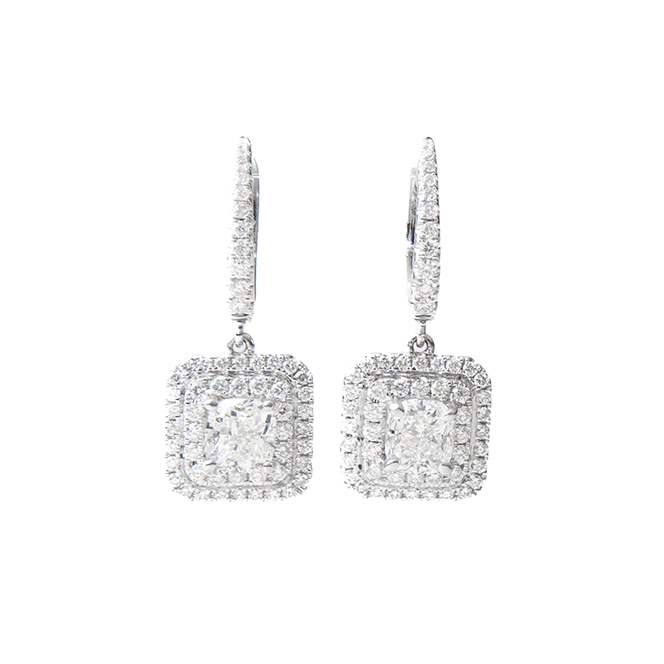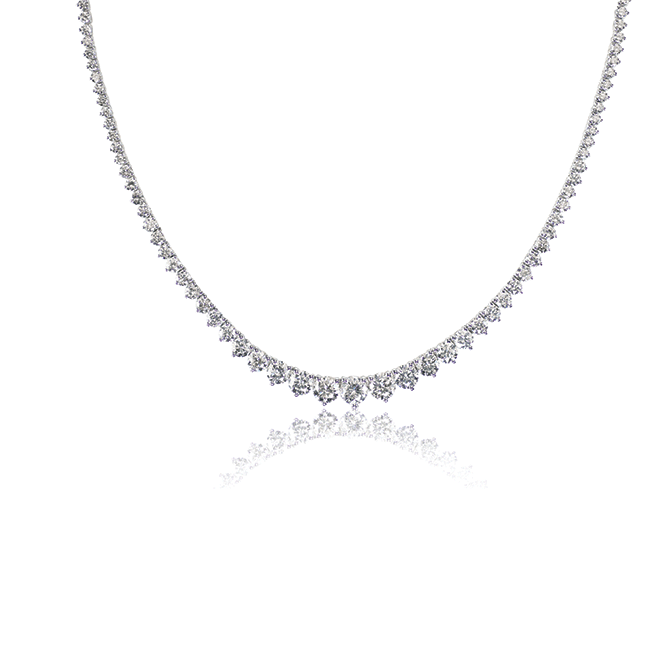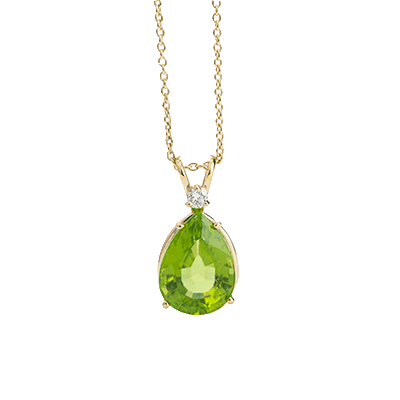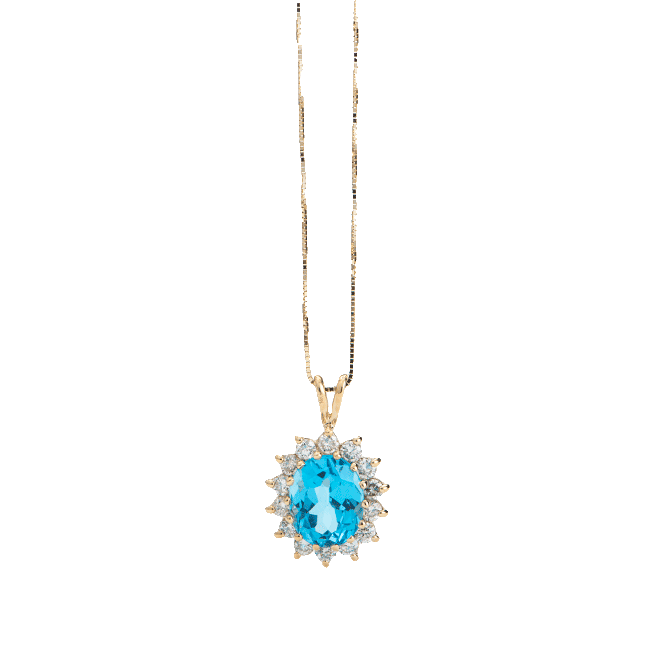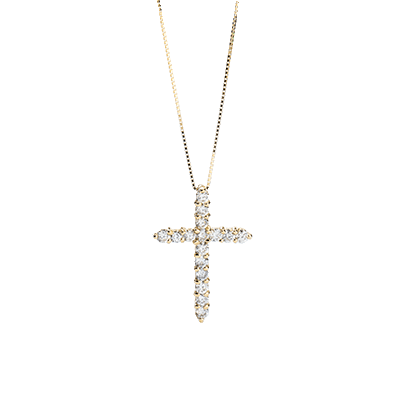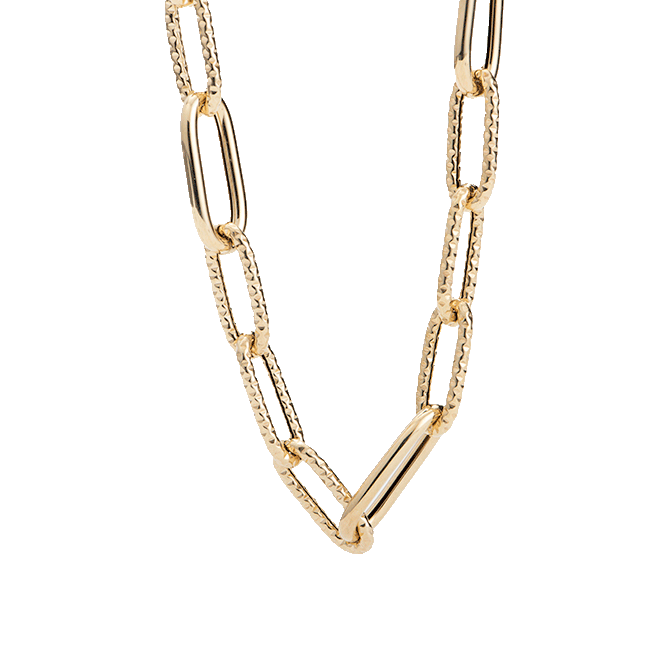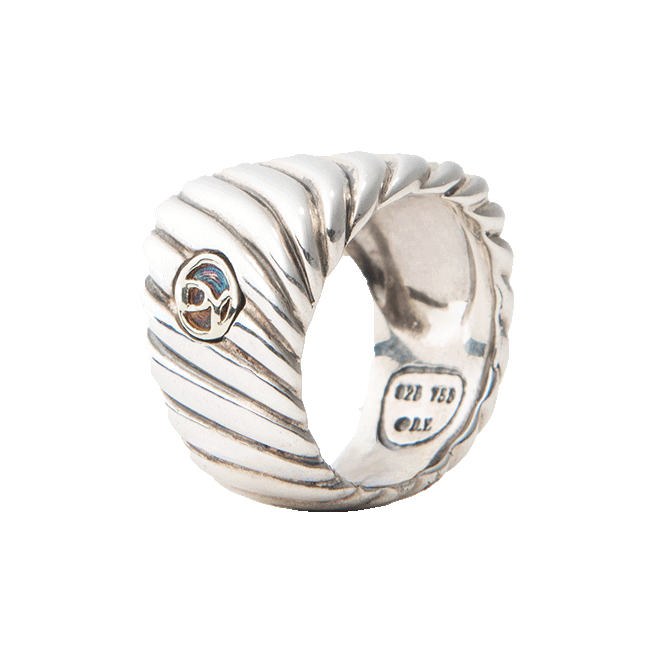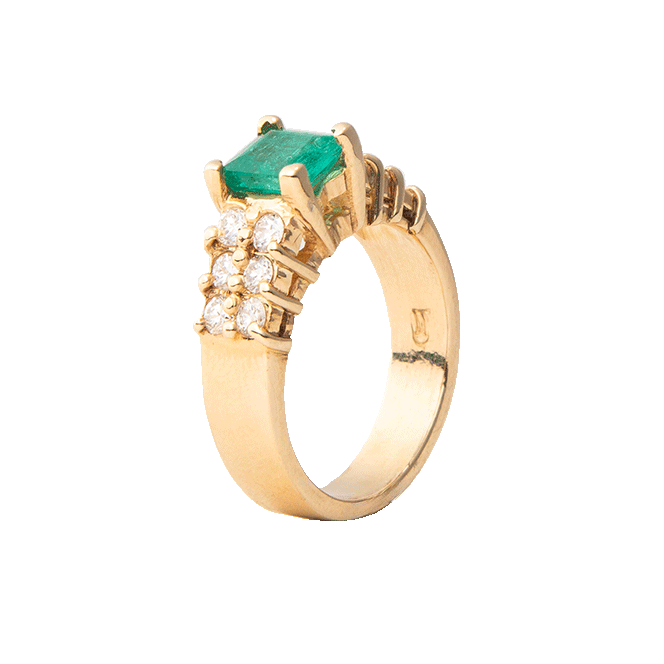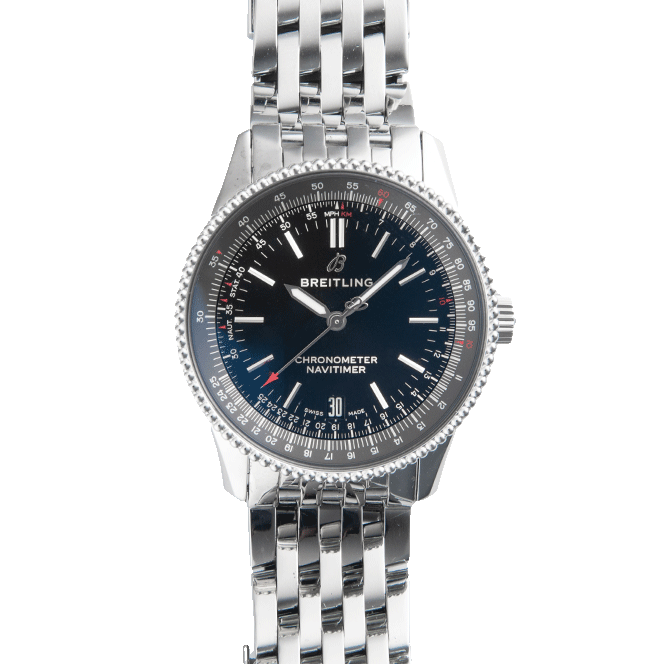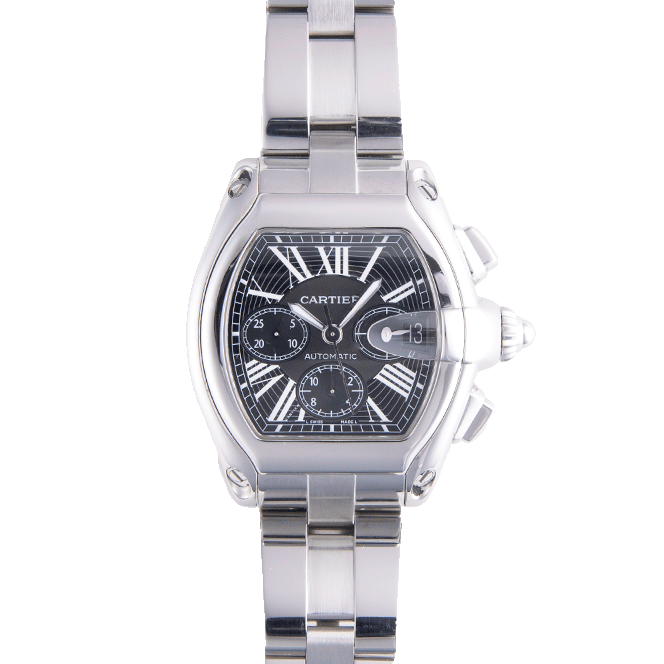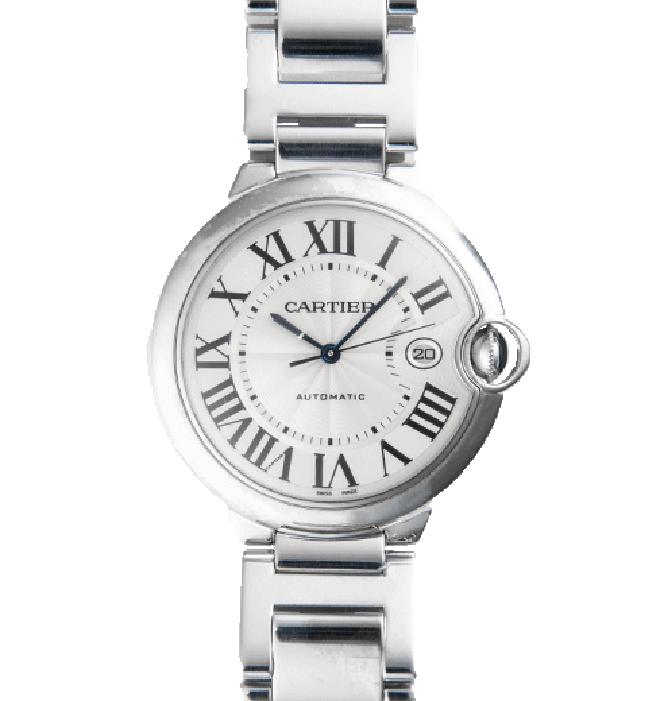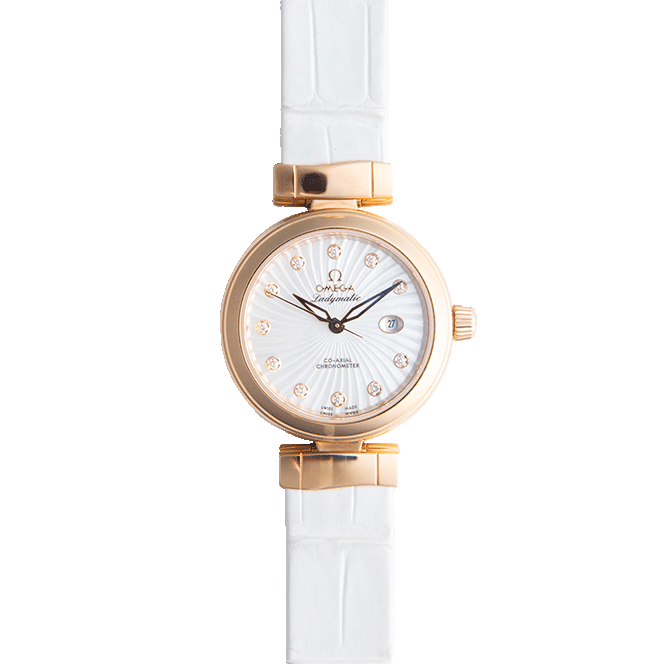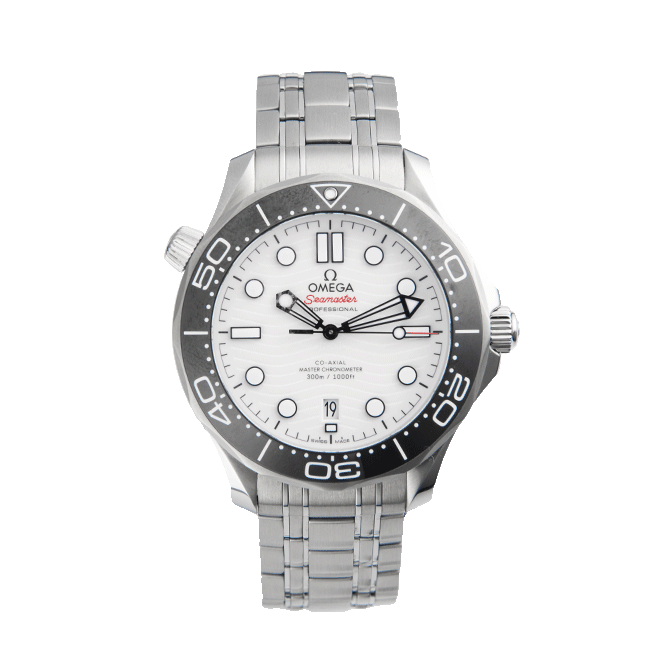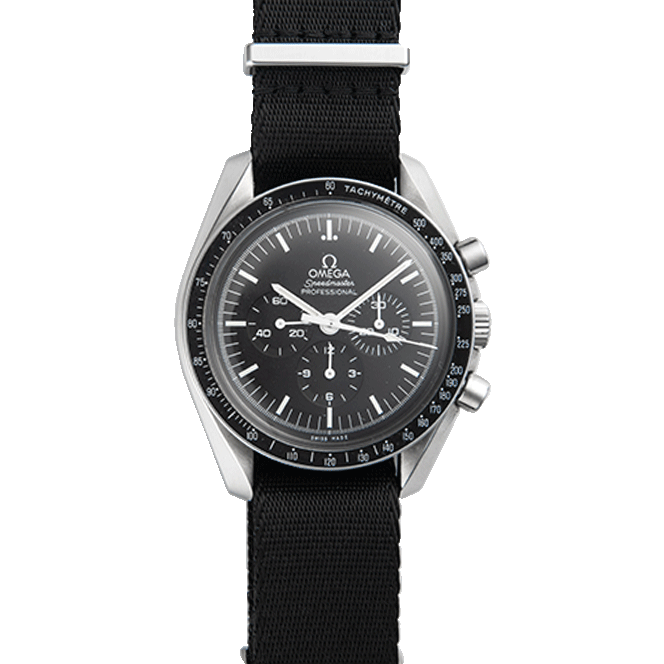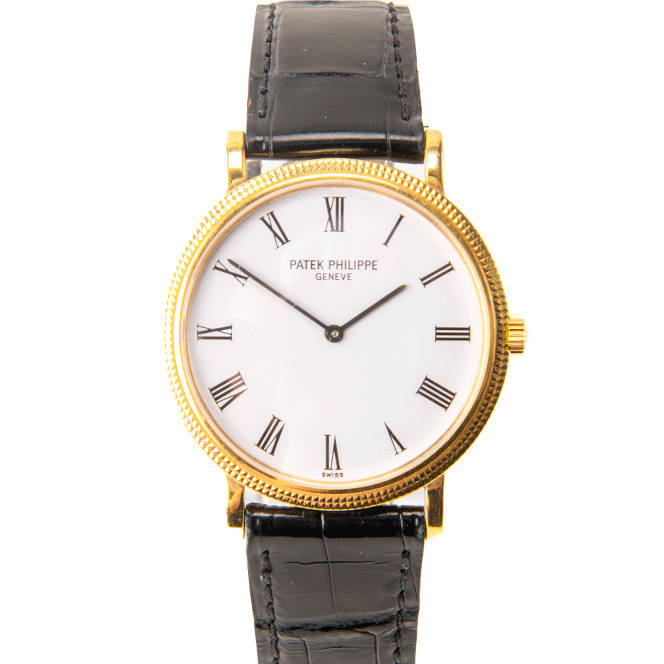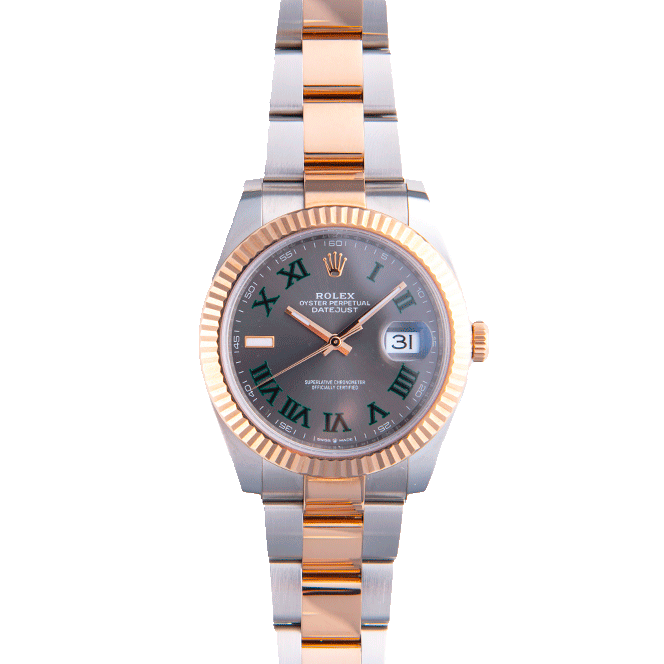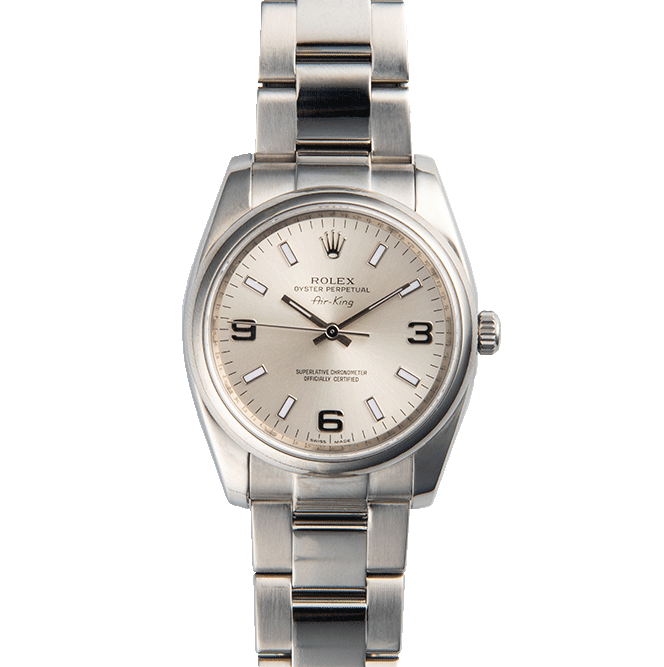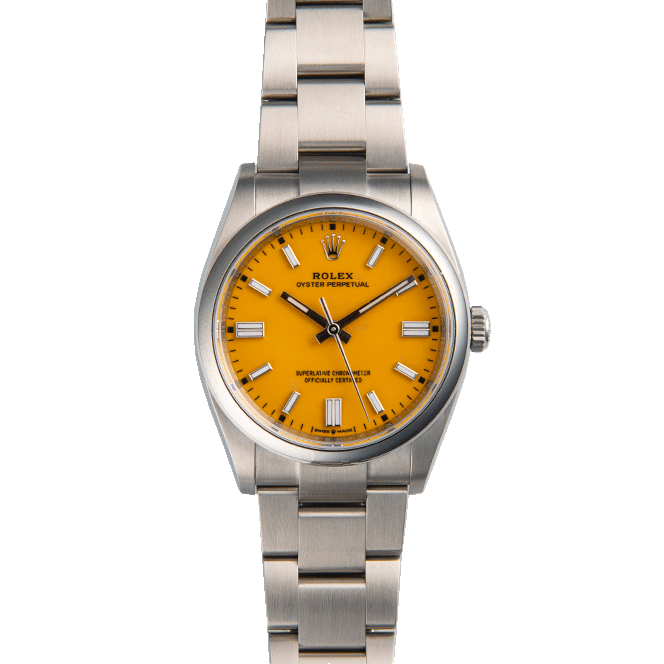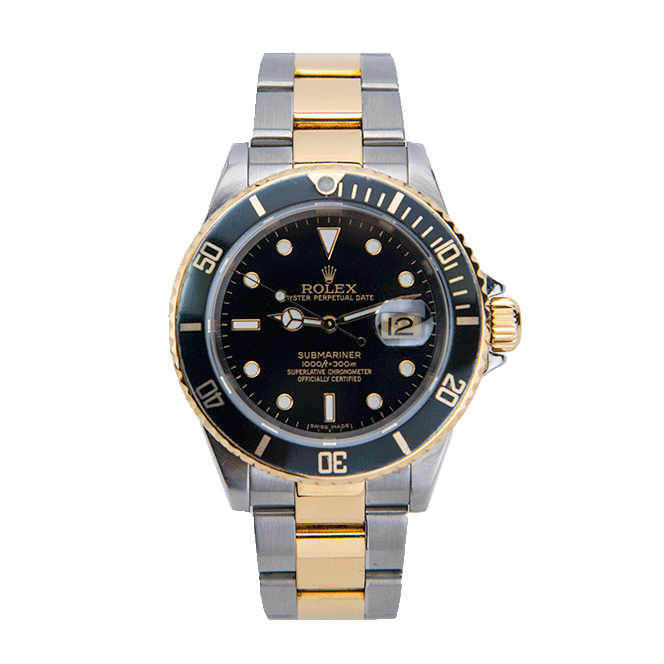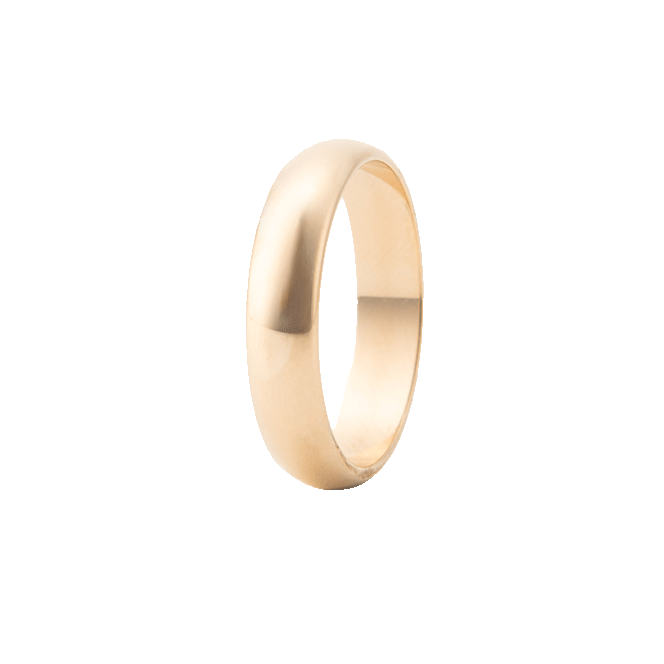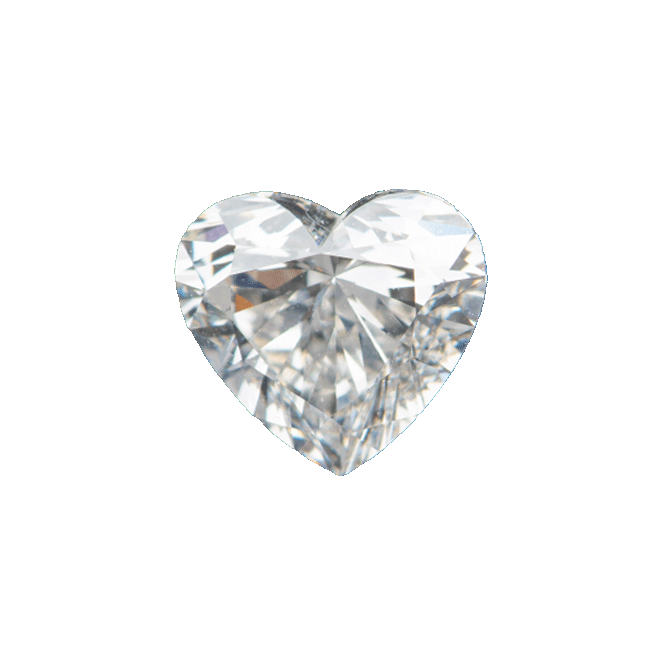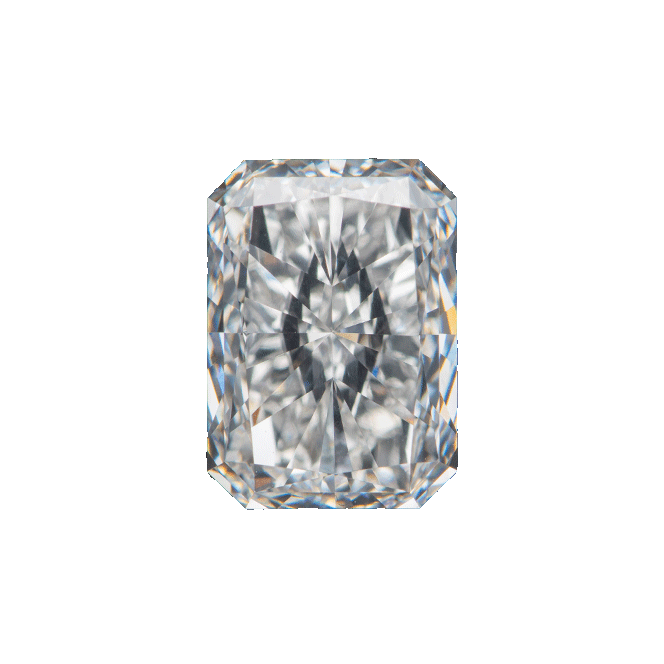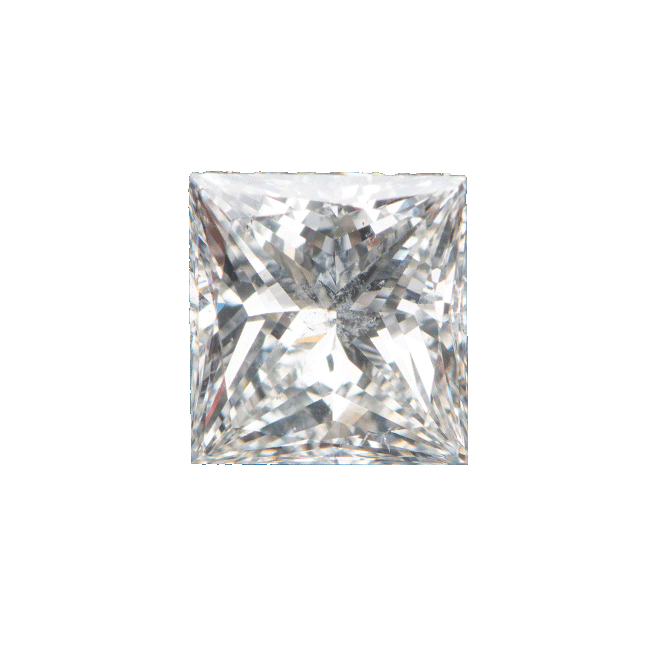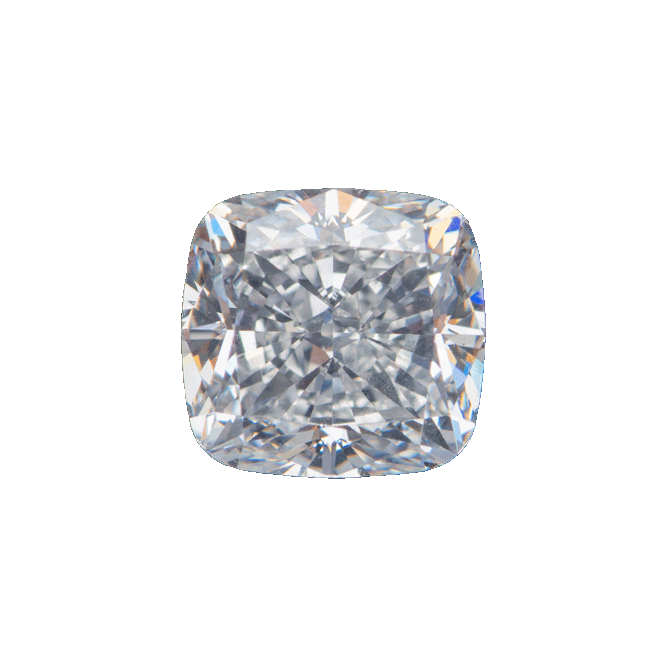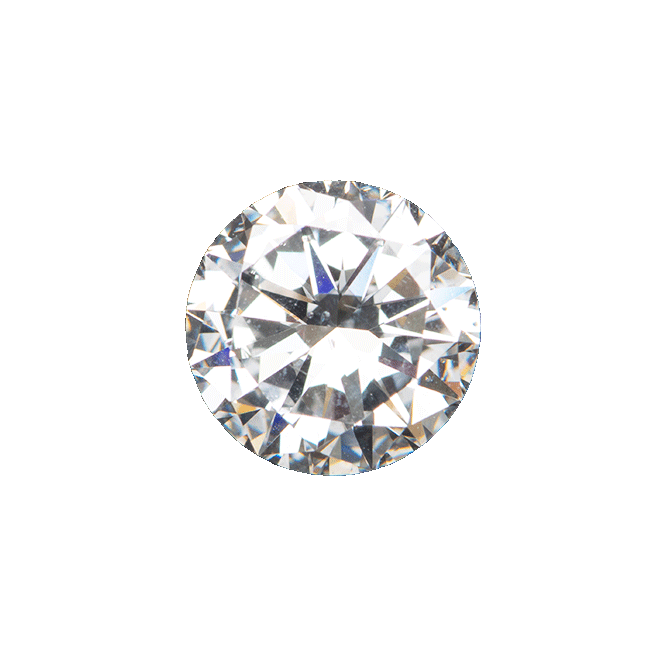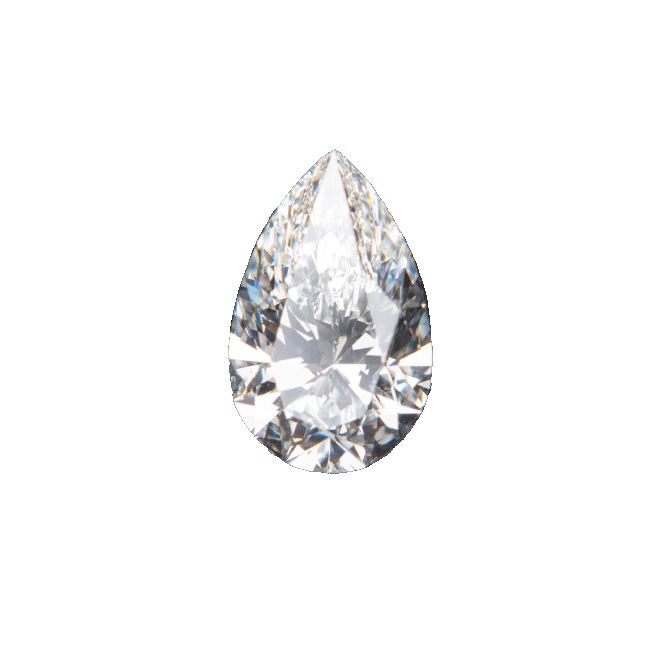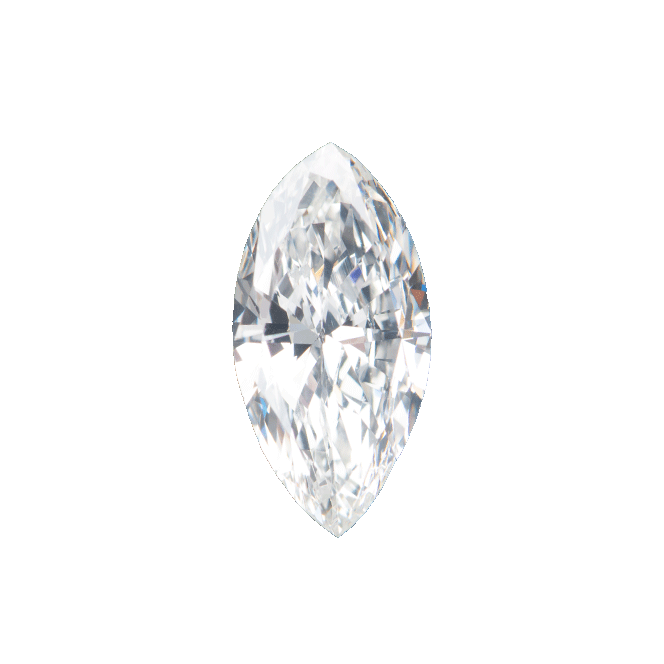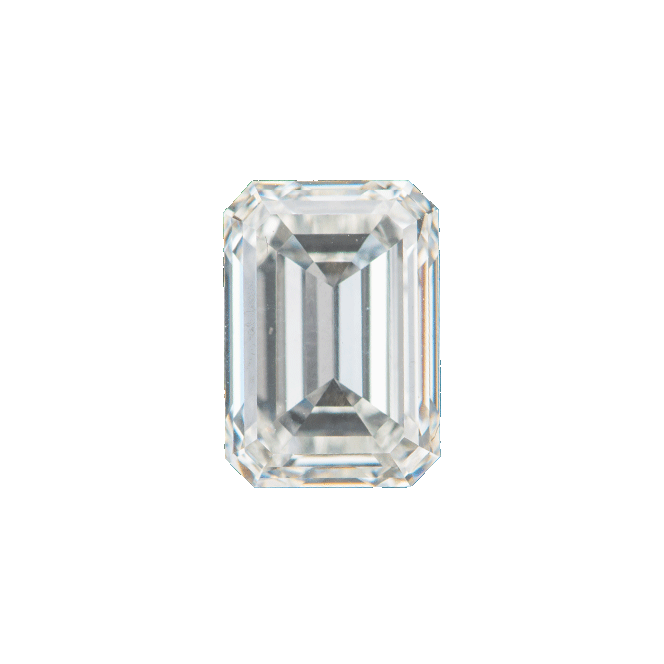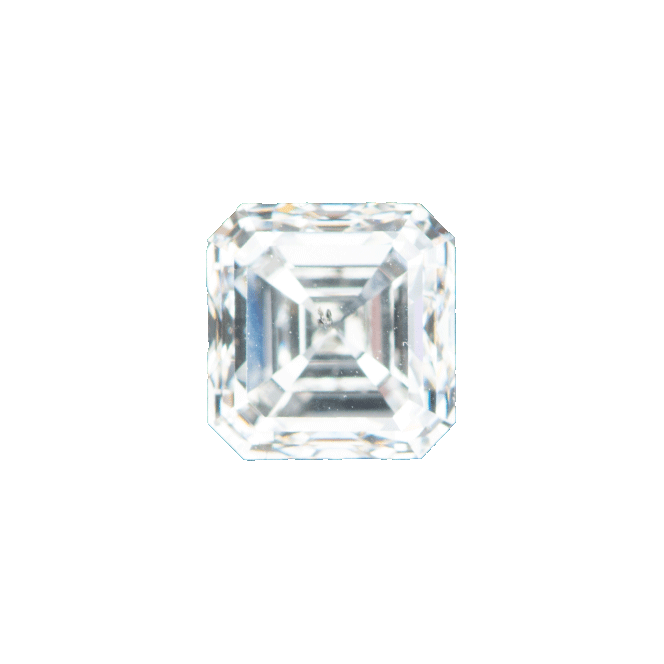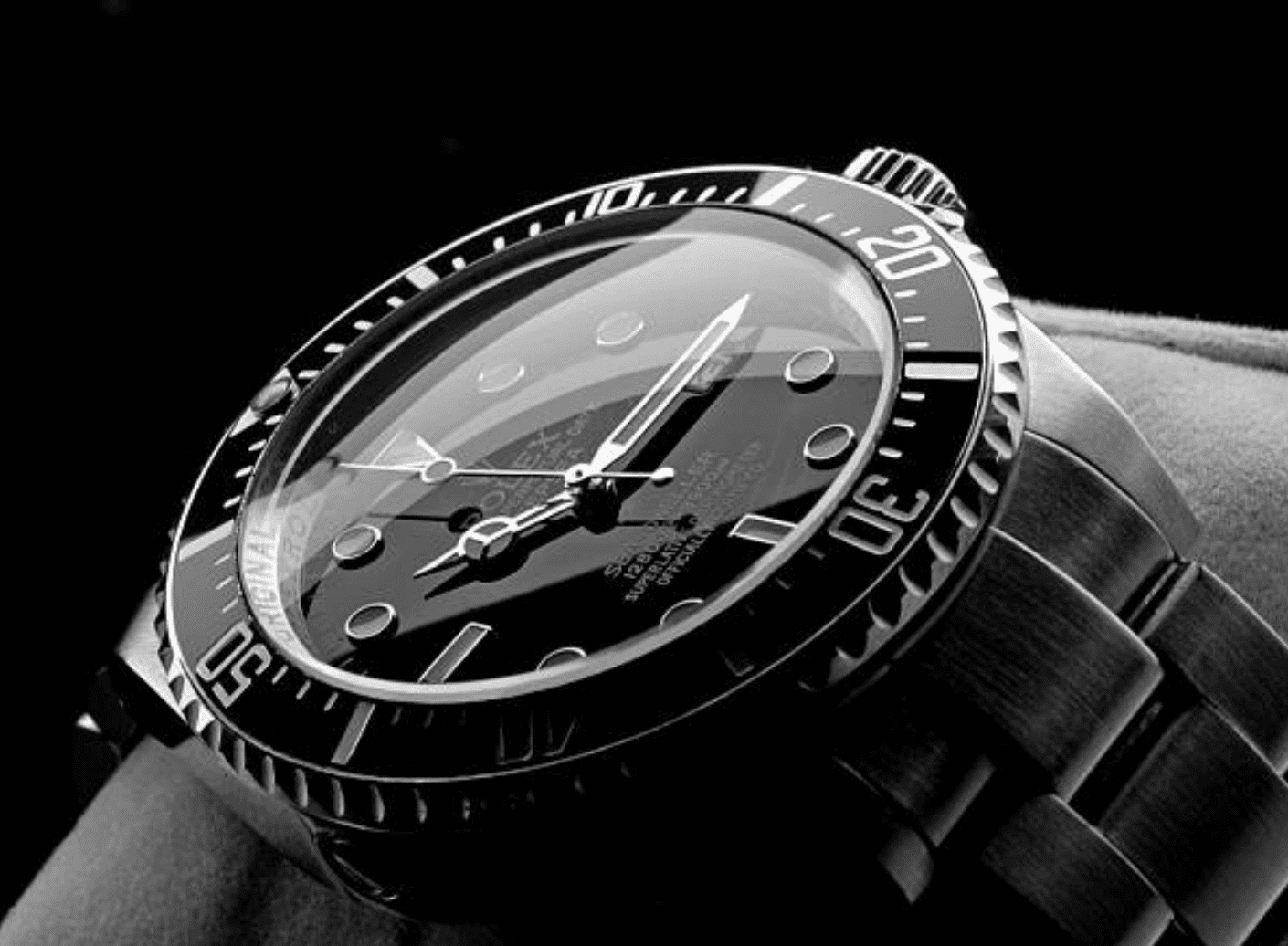Introduction
For more than a century, Rolex has been a forerunner in the watch industry. Since its inception in London in 1905 by Hans Wilsdorf, the company has developed groundbreaking innovations and produced timeless timepieces. The iconic designs of Rolex watches, which have been worn by such notable people as Sir Edmund Hillary and Paul Newman, contribute greatly to its popularity and appeal. Many models, from the first waterproof wristwatch to the revolutionary Datejust, have become cultural symbols of luxury, achievement, and prestige far beyond their original functional contexts.
Meanwhile, Rolex’s classy timepieces remain the paragon of high-end horological design. We look back at the cultural impact and technical innovations behind the most iconic Rolex timepieces over the past century, from the rugged Explorer that accompanied the first Everest ascent to the Cosmograph Daytona embraced by racecar drivers and A-Listers. These watches have become more than functional timepieces; they are icons, representing a longstanding commitment to excellence in design, technology, and the pursuit of new heights for the human spirit.
Founding of Rolex and Early Days
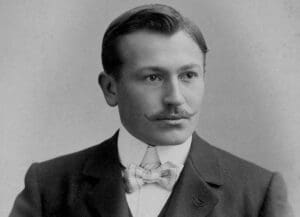
In 1905, a bold 24-year-old visionary named Hans Wilsdorf founded Rolex in London, importing Swiss watch movements from Hermann Aegler’s workshop to pair with high-caliber English watch cases. This collaboration between Wilsdorf’s entrepreneurial ambition and Swiss horological prowess would change watchmaking forever.
Wilsdorf was a marketing pioneer, coining the evocative “Rolex” brand name in 1908 to distinguish his watches from competitors and convey the hypnotic motion of watch hands. It is said that the name Rolex was whispered to Wilsdorf by a genie. His innovations went far beyond branding. In the pioneering early 1910s, Rolex launched expansive advertising campaigns to promote the notion of wristwatches, then considered feminine accessories, to men. Shrewdly recognizing the potential of wristwatches, Rolex became the first manufacturer to position them as prestigious substitutes for pocket watches rather than mere novelties.
This drive led Rolex to develop “wristwatch chronometers” engineered to achieve the precision of marine chronometers. In 1910, a Rolex wristwatch made history as the first ever awarded Switzerland’s esteemed Certificate of Chronometric Precision granted strictly to only the most accurate pocket watches. Four years later, the Kew Observatory certified a Rolex timepiece as the world’s first wristwatch to earn its prestigious Class A precision award.
But Rolex was just getting started. In 1926, Wilsdorf unveiled the revolutionary waterproof Oyster case, a hermetically sealed structure impervious to dust and moisture. Its capacities were dramatically proven when Mercedes Gleitze wore a Rolex Oyster when swimming the English Channel in 1927 – it emerged in perfect working order. The Oyster provided the DNA for Rolex’s eventual dominance in professional dive watches suitable for subaquatic exploration. Driven by Wilsdorf’s tireless vision, Rolex accelerated wristwatches into the modern era and horology into its future.
Rolex During the War Years
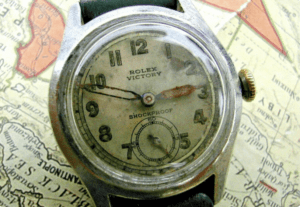
Rolex’s approach to design and manufacturing was profoundly influenced by the tumult of World Wars I and II. With rising turmoil in Europe, Hans Wilsdorf pragmatically relocated Rolex’s headquarters from England to neutral Switzerland in 1919 amidst World War I to ensure continuity. Faced with restrictions in materials and focus on wartime production, Rolex redirected design toward more sparse, functional models like the “Bubbleback” whose self-winding movement provided practical convenience.
When World War II erupted, Rolex once again adapted. With resources strictly rationed, Rolex dedicated its facilities toward manufacturing chronographs and time-only watches for Allied forces rather than civilian models. The austere Rolex Victory released in the 1940s embodied this militarily driven minimalism with its sturdy steel housing and unembellished dial optimized for legibility and durability in the field rather than flair.
Despite the challenges of navigating two World Wars, Rolex ingeniously developed one of its most impactful innovations during WWII – the Perpetual rotor self-winding mechanism patented in 1931. This revolutionary technology which utilized motion to automatically wind a watch became a pillar of Rolex’s postwar designs. By tailoring watches to meet military requirements, Rolex cemented its reputation worldwide as a master of functional reliability and precision under pressure – merits that became signature features of Rolex watches for decades to follow. Rolex emerged from the wartime crucible with a sharper focus that guided its path to becoming an exemplar of robust everyday luxury.
Post-war Rolex Watches
Following World War II’s conclusion in 1945, Rolex underwent an era of rapid innovation, unleashing pivotal new references that came to define the brand.
That same year, Rolex achieved a horological first with the Datejust – the inaugural self-winding chronometer wristwatch with an automatic date function. Its instant popularity led to the addition of the Cyclops magnifier lens over the date in 1953, enhancing readability.
Addressing the booming demand for specialized tool watches, Rolex released the Submariner divers’ watch in 1953. Its robust stainless-steel construction and rotating timing bezel revolutionized underwater timekeeping. The multi-timezone GMT-Master tailored to jet-setting pilots quickly followed in 1954.
Rolex also continued pursuing scientific feats. The company produced the Milgauss in 1956, the first watch shielded against magnetic interference up to 1000 gauss to aid scientists. When commercial air travel exploded in the late 1950s, Rolex responded with dual-timezone references like the GMT-Master and Explorer II to aid global travelers.
This era of innovation established Rolex as a manufacturer of versatile, multipurpose watches blending rugged capabilities and refined style for both professionals and the public. Rolex emerged at the forefront of the luxury tool watch segment – a position it still proudly occupies today thanks to its pioneering postwar watches.
Rolex in the Age of Exploration

Rolex timepieces gained unrivaled credibility after accompanying intrepid explorers and adventurers in extraordinary feats during the 1950s-1960s, cementing Rolex’s reputation for uncompromising dependability.
In 1953, members of Sir John Hunt’s expedition that first successfully summited Mount Everest wore Oyster Perpetual watches, proving their mettle in brutally harsh conditions. That same year, Rolex introduced the uniquely specialized Submariner divers’ watch, engineered for unprecedented 100-meter water resistance with a rotating timing bezel – a first for diver’s watches. J
Building on the Oyster’s foundations, the Submariner and pioneering GMT-Master catered directly to vocational needs just as precision tools. The GMT-Master’s iconic two-tone bezel enabled Pan Am pilots to easily track multiple time zones during the dawn of transcontinental jet travel in the 1950s. Further expanding aviation ties, Rolex equipped the Pakistan Air Force and record-shattering pilots pushing speed limits.
From ascending the world’s tallest peak to plunging unfathomable ocean depths, the early Oyster Perpetual and Professional Rolex collections were relied upon by pioneers breaking boundaries. Their achievements solidified Rolex’s hard-won status as manufacturers of watches engineered to endure extremes while retaining refinement. By equipping trailblazers who pushed possibilities, Rolex earned its legend.
Rolex and the World of Sports
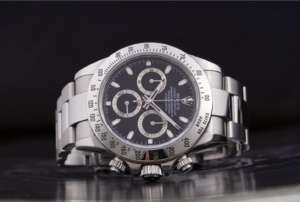
By the late 50s, Rolex designed special timepieces for elite athletes and dangerous sports activities to improve performance. The Cosmograph Daytona, with its tachymeter bezel and chronograph registers, made its debut in 1963 with the intention of being used for timing purposes on racetracks. The inspiration for the name came from the Daytona International Speedway, and the actor Paul Newman helped propel the watch to stardom by sporting it. In 1967, Rolex introduced the Sea-Dweller, a watch designed for deep sea divers that included a helium escape valve.
It was essential for deep saturation dives due to its guaranteed water resistance of 610 meters (about twice the height of the Empire State Building). To help speleologists keep track of time during extended cave excursions, Rolex developed the Explorer II in 1971 with a vivid orange GMT hand and a fixed 24-hour bezel. From the racetrack to the depths of the ocean, these sports watches proved Rolex’s dedication to technical innovation. The company also has deep relationships to the world’s most prestigious sports federations, including those for tennis, golf, yachting, and equestrian competition.
Modern Rolex Timepieces
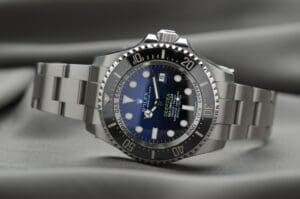
Rolex remains true to its rich history even as it introduces new timepieces that epitomize modern technical refinement. The Yacht-Master, a timepiece with a nautical theme and a patented Oysterlock safety clasp and rotating bezel with increased graduations, made its debut in 1992. The Sky-Dweller, introduced by Rolex in 2012, is a high-tech watch designed specifically for jetsetters thanks to its annual calendar, two time zones, and spinning Ring Command bezel. In 2020, Rolex introduced the Oyster Perpetual series, which featured brightly colored dials while maintaining the same timeless design and superior craftsmanship.
The Sea-Dweller Deepsea, with its ability to withstand pressure of three tons, continues Rolex’s tradition of providing equipment for scientific missions. Each Rolex watch strikes a delicate balance between the brand’s rich history and its commitment to innovation. The Submariner, despite its modern technical achievements, retains a sense of its 1953 diving roots in both design and function. It is safe to say Rolex is the epitome of modern Swiss watchmaking given the care and detail that goes into each watch.
The Influence of Rolex in Pop Culture
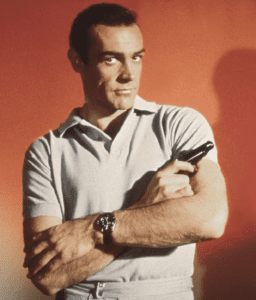
Because of its frequent appearances in the entertainment industry, Rolex has become synonymous with success, fame, and wealth. From Andy Warhol to Roger Federer, celebrities have been spotted wearing instantly recognizable Rolex models on their wrists. One of the most recognizable instances of a celebrity donning the iconic watch is with Sean Connery in Dr. No. Since then, the Rolex Submariner has become inextricably linked to the stylish elegance of James Bond. Additionally, Hollywood legend Paul Newman’s frequent wearing of the Daytona model further boosted the watch’s popularity.
From hip hop to pop, the Rolex is frequently referenced in songs as a symbol of success and aspiration. Particularly in rap and R&B, gold and diamond-studded Rolex pieces have become a status symbol. The proud display of a Rolex has become an indicator of both financial success and refined taste, thanks to the brand’s long history and flawless construction. From the movies to music to the internet, the Rolex crown has become a universal symbol of success.
Conclusion
Overall, Rolex watches have always been tied to innovation and classic design. Through the years, Rolexes have been there for huge milestones – worn by explorers trekking to the Poles, pilots breaking the sound barrier, divers venturing deep underwater.
Models like the Submariner, GMT-Master and Daytona are now legends, but they started out as sturdy tool watches built to handle tough jobs. Even as fashion has changed, Rolex kept improving their watches while sticking to their signature blend of good looks and rugged dependability. The care and craftsmanship are a big reason Rolex watches hold their value and become heirlooms. Their history of innovation paired with classic style is what makes them one of the most recognizable brands in the world.
